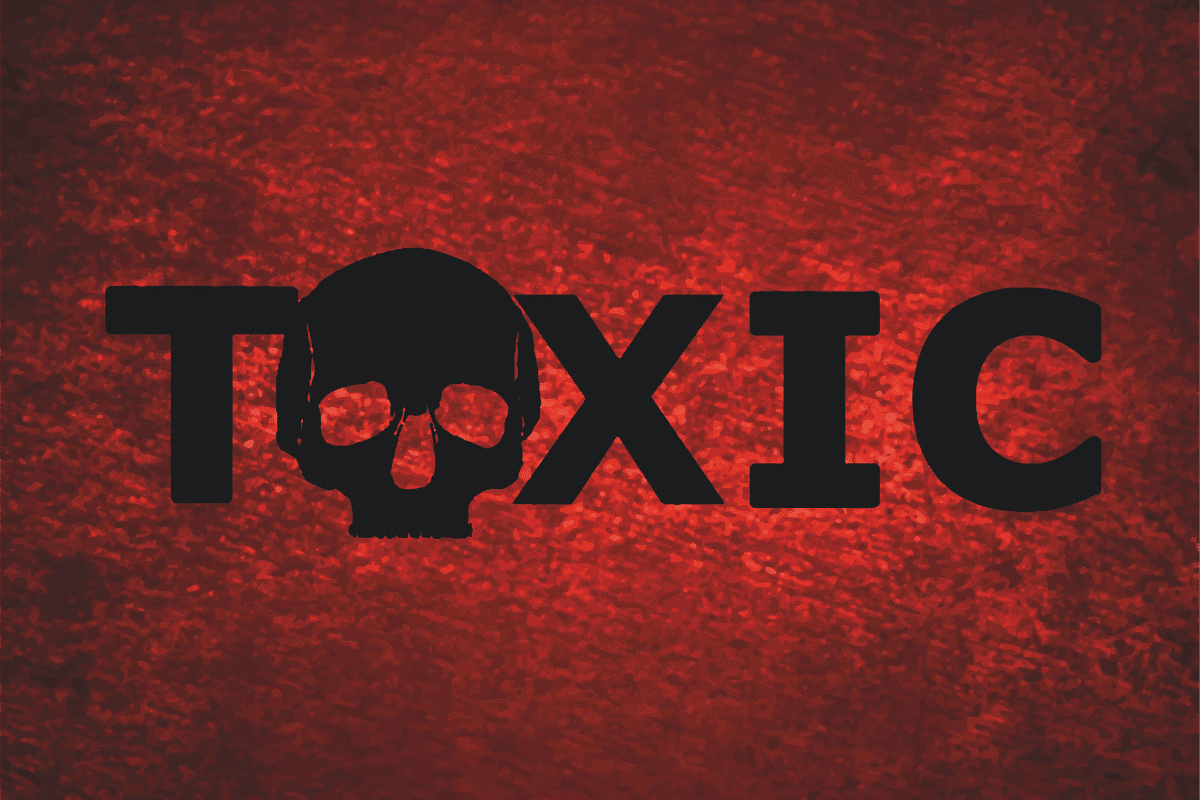
Veterans face significant health risks from the conditions from the burn pit presumptive lists, which can originate from environmental factors, occupational hazards, or specific incidents. Understanding the importance of presumptive conditions associated with such exposure is vital, particularly for veterans who may have encountered it during their service. So, let’s explore what it means to have a presumptive condition for toxic exposure.
During the Global War on Terror, open-air sites called “burn pits” have been used as makeshift waste combustion facilities since 2001, when the military has utilized burn pits not only in Iraq and Afghanistan but also in Saudi Arabia, Djibouti, and Qatar. Although the Department of Defense has closed most of these sites, the emissions from these disposal areas have been linked to respiratory conditions and cancers.
Let’s examine the impact of toxic exposure on health and delve into presumptive conditions, explicitly focusing on burn pit exposure and its implications for veterans. Additionally, we’ll provide insights into the Burn Pit Presumptive Conditions List, the VA burn pit registry, and the significance of the VA PACT Act.
What Are Burn Pits?
The US military extensively utilized burn pits in Qatar, Djibouti, Iraq, and Saudi Arabia after 2001. These open-air combustion areas were initially intended as a temporary solution for waste disposal during conflicts and military operations. However, their adverse health effects and airborne hazards raised significant concerns.
Recognizing the risks, the Department of Defense (DoD) has tried to close most burn pits, primarily due to the negative impact on respiratory health. Burning various materials, including hazardous substances, medical waste, and munitions, releases toxic chemicals into the air, posing significant health risks to nearby individuals.
Burn pits were designated areas where the US military disposed of various on-site waste products, such as:
- Aluminum cans
- Petroleum and other lubricants
- Plastics and rubber
- Particulate matter
- Paint
- Various metals
- Wood
- Chemicals
- Human waste and medical waste
When these materials were burned, they released a range of compounds into the air, leading to toxic exposure and affecting service members. Burn pits have been medically linked to damage or injuries to:
- The eyes, mouth, and ears
- Skin
- The gastrointestinal tract
- Internal organs
- The cardiovascular and respiratory systems, and more.
The impact of burn pits has resulted in numerous veterans experiencing chronic health conditions. Although burn pits are no longer operational, their long-lasting consequences continue seriously affecting US veterans.
Burn Pit Presumptive Conditions:
The VA has identified specific conditions presumed to be linked to the unique circumstances of a veteran’s military service. A veteran diagnosed with a presumptive disorder is eligible for VA compensation without needing to prove the medical nexus (connection) between their condition and their service.
The list of presumptive conditions related to burn pits has expanded over time. Initially, no specific requirements were associated with burn pits, but now there are 23. In August 2021, the VA added the first three conditions (asthma, rhinitis, and sinusitis). In April 2022, the list expanded to include nine rare respiratory cancers. Subsequently, Congress passed the PACT Act, adding many more cancers and conditions to the list. Veterans previously denied benefits for these conditions must file a supplemental claim.
Here is a complete list of presumptive conditions for burn pits:
[/et_pb_text][et_pb_text _builder_version=”4.21.0″ _module_preset=”default” global_colors_info=”{}”]| Types of Cancer | Other Diseases |
| Head cancer of any type | Asthma that was diagnosed after service |
| Neck cancer of any type | Chronic bronchitis |
| Respiratory cancer of any type | Chronic obstructive pulmonary disease (COPD) |
| Gastrointestinal cancer of any type | Chronic rhinitis |
| Reproductive cancer of any type | Chronic sinusitis |
| Lymphoma cancer of any type | Constrictive or obliterative bronchiolitis |
| Kidney cancer | Emphysema |
| Brain cancer | Granulomatous disease |
| Melanoma | Interstitial lung disease |
| Pancreatic cancer | Pleuritis |
| Glioblastoma | Pulmonary fibrosis |
| Sarcoidosis |
Eligibility for VA disability benefits for burn pits is also determined by where and when veterans served. The list of eligible locations has expanded in recent years. Veterans who served after Aug. 2, 1990, in any listed sites, or those who served after Sept. 11, 2001, in any listed locations, are eligible for benefits.
Locations for veterans who served after Aug. 2, 1990:
| Locations | Locations for veterans who served after Sept. 11, 2001 |
|---|---|
| Bahrain | Afghanistan |
| Iraq | Djibouti |
| Kuwait | Egypt |
| Oman | Jordan |
| Qatar | Lebanon |
| Saudi Arabia | Syria |
| Somalia | Uzbekistan |
| The United Arab Emirates (UAE) | Yemen |
| The airspace above any of these locations | The airspace above any of these locations |
Will Other Conditions Be Designated as Presumptive Conditions?
There is a possibility that other conditions may be designated as presumptive conditions in the future. The Veterans’ Right to Breathe Act, which Congress has not yet passed, could expand the list of presumptive conditions related to burn pit exposure if approved by the Senate.
These potential conditions that could be added to the list include:
- Lung cancer
- Pneumonia
- Interstitial lung disease
- Chronic obstructive pulmonary disease (COPD)
- Chronic bronchitis and constrictive bronchitis
- Emphysema
- Granulomatous disease
If this bill becomes law, it will eliminate the need for veterans to establish a direct connection between their condition and exposure to burn pits, making it easier for them to receive disability benefits.
When filing their benefits claims, veterans exposed to burn pit toxins can only claim asthma, sinusitis, or rhinitis as presumptive conditions. However, it is essential to note that the VA may add additional conditions to the list.
If you suspect exposure to toxins or burn pits during your military service, joining the VA Airborne Hazards and Open Burn Pit Registry is recommended. By registering, you can share information with the VA about your burn pit experiences and any symptoms you may be experiencing beyond the three recognized presumptive conditions.
Participating in the registry helps advance medical knowledge about burn pit exposure and its potential side effects. Registration is not mandatory for VA healthcare benefits or filing a benefits claim.
Moreover, registering will not affect your eligibility for disability benefits or claims. However, it may expedite the VA’s consideration of additional conditions as “presumptive” for you or other veterans.
FAQs
1. What is the Burn Pit Presumptive List?
The Burn Pit Presumptive List is a compilation of health conditions connected to burn pit exposure during military service. Veterans diagnosed with these conditions are eligible for VA compensation without proving a direct service connection.
2. Which health conditions are covered under the Burn Pit Presumptive List?
The Burn Pit Presumptive List includes various types of cancer, respiratory diseases such as asthma and chronic bronchitis, and other conditions like sinusitis and gastrointestinal cancers. The list continues to expand as new research and evidence become available.
3. How does the Burn Pit Presumptive List affect veterans’ benefits?
The Burn Pit Presumptive List simplifies veterans’ process of claiming VA compensation and benefits. If a veteran is diagnosed with a condition on the list, they are presumed to have a service-connected condition, eliminating the need to prove a direct link.
4. How can veterans apply for benefits based on the Burn Pit Presumptive List?
Veterans can apply for benefits by filing a claim with the VA. They should provide relevant medical evidence, such as diagnosis and treatment records, to support their claim.
5. What are the eligibility criteria for inclusion in the Burn Pit Presumptive List?
The eligibility criteria for inclusion in the Burn Pit Presumptive List are based on the veteran’s military service and exposure to burn pits in specified locations and timeframes. Veterans who meet these criteria and are diagnosed with a covered condition are eligible.
6. Are all veterans exposed to burn pits automatically included in the Presumptive List?
Not all veterans exposed to burn pits are automatically included in the Presumptive List. Veterans must meet specific criteria related to their military service and exposure to be eligible for inclusion.
7. What evidence is required to support a claim based on the Burn Pit Presumptive List?
Veterans should provide medical evidence, including diagnosis and treatment records, to support their claims. Additionally, evidence of exposure to burn pits during military service can strengthen the case.
8. Can veterans receive retroactive benefits for conditions added to the Presumptive List?
Veterans may be eligible to receive retroactive benefits for conditions added to the Presumptive List. Retroactive benefits can be awarded starting from the date of the claim or the date the condition was first diagnosed, whichever is later.
9. Are family members of veterans eligible for benefits under the Burn Pit Presumptive List?
The Burn Pit Presumptive List primarily applies to veterans themselves. However, family members may be eligible for certain benefits, such as healthcare and counseling services, through other VA programs.
10. How does the Burn Pit Presumptive List relate to other veteran presumptive lists?
The Burn Pit Presumptive List is specific to health conditions associated with burn pit exposure. It is separate from other presumptive lists that cover different exposures or circumstances related to military service.
11. Are there ongoing efforts to expand the Burn Pit Presumptive List?
Yes, there are ongoing efforts to expand the Burn Pit Presumptive List. The VA continually reviews scientific research and considers new evidence to determine if additional health conditions should be added.
12. Where can veterans find more information and assistance regarding the Burn Pit List?
Veterans can find more information and assistance regarding the Burn Pit Presumptive List by contacting their local VA office or visiting the official VA website. They can also consult with veterans’ service organizations and seek guidance from legal and medical professionals experienced in VA benefits.

